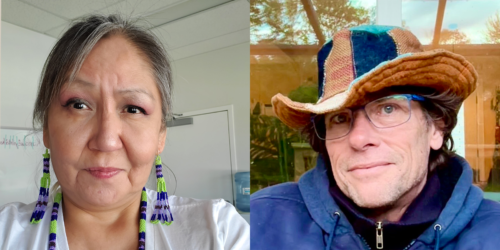In 2018, CATIE and CAAN (Communities, Alliances & Networks) released Strong Medicine, a film by and for Indigenous people living with HIV. The film weaves together Indigenous knowledges of culture and wellness with Western knowledge of HIV testing and treatment. By sharing their experiences with Indigenous and Western medicines, eight Indigenous activists teach us that HIV isn’t something to be feared and show us different ways to walk the healing path. Seven years after Strong Medicine was released, CATIE spoke with two of its stars, Danita Wahpoosewyan and Trevor Stratton, to reflect on what has changed, what has remained the...






